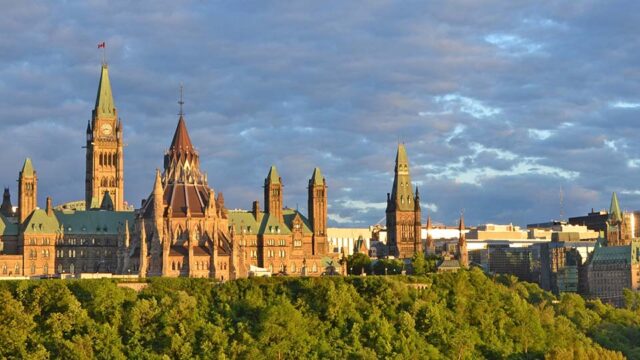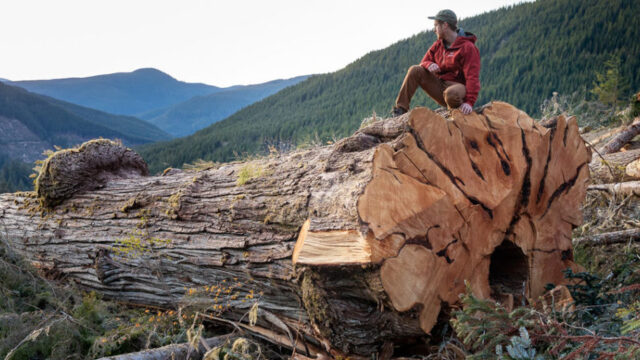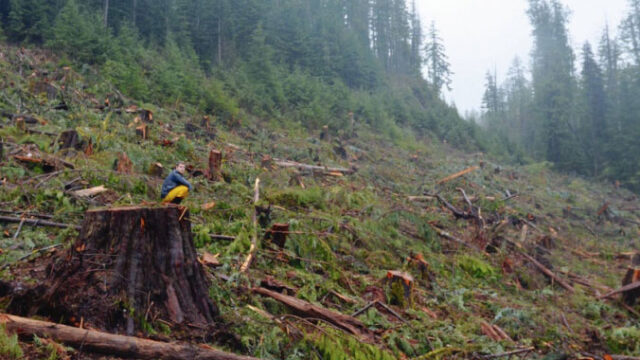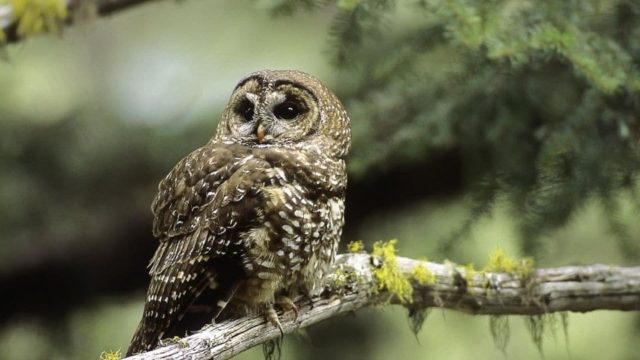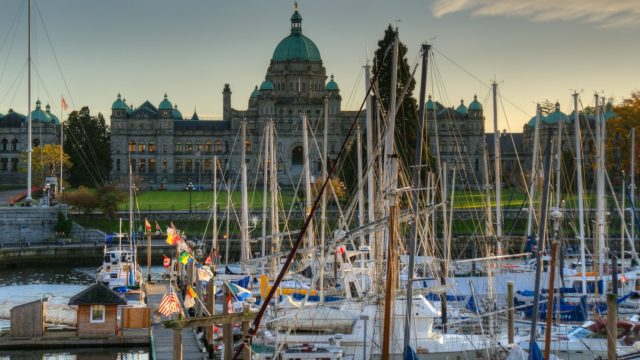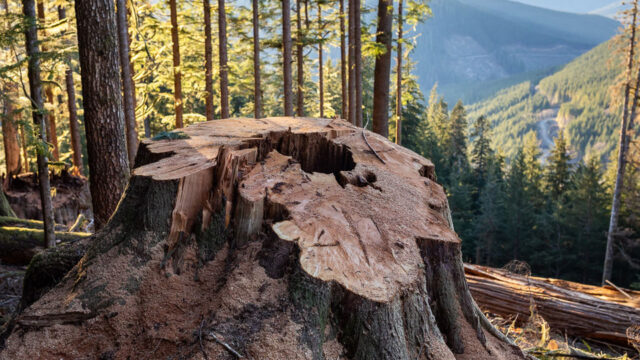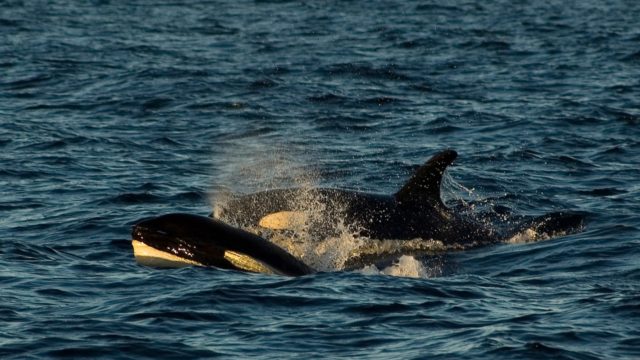B.C. is the most biodiverse province in Canada and the one with the most species at risk. These two facts are linked: The province is one of the last in Canada without specific legislation to protect endangered species and ecosystems, leaving them vulnerable to the impacts of logging, mining and other development activities.
Without a dedicated provincial law, protection of B.C.’s biodiversity and ecosystems relies on reactive measures guided by the federal Species at Risk Act and weak, inconsistent provincial habitat protection requirements that vary by resource sector – regulations in “wildlife habitat areas” prohibit some forestry activities but do not apply to mining, for example.
Only 15 per cent of B.C.’s landscape is legally protected for long-term conservation, and these areas do not include key biodiversity sites – a result of the province prioritizing industry needs over conservation by giving industry authority over land management practices.
The province’s current resource laws reflect the government’s systematic reliance on industry “self-regulation,” with laws such as the B.C.’s Forest and Range Practices Act going so far as to explicitly limit the impact of biodiversity protection on resource development.
Legal land designations are convoluted, contradictory and full of loopholes. They do not provide comprehensive protection from all resource sectors or activities and include broad exemptions or permitting processes that ignore threats to species, ecosystem integrity and their cumulative effects.
Anything outside a park or protected area in British Columbia should be considered unprotected, and the collective impacts of logging, mining and other development activities in an ecosystem are often unknown due to lack of government oversight. The province needs a dedicated law to prevent at-risk species and habitat protection from continuing to fall into the hands of a broken, disjointed system.



